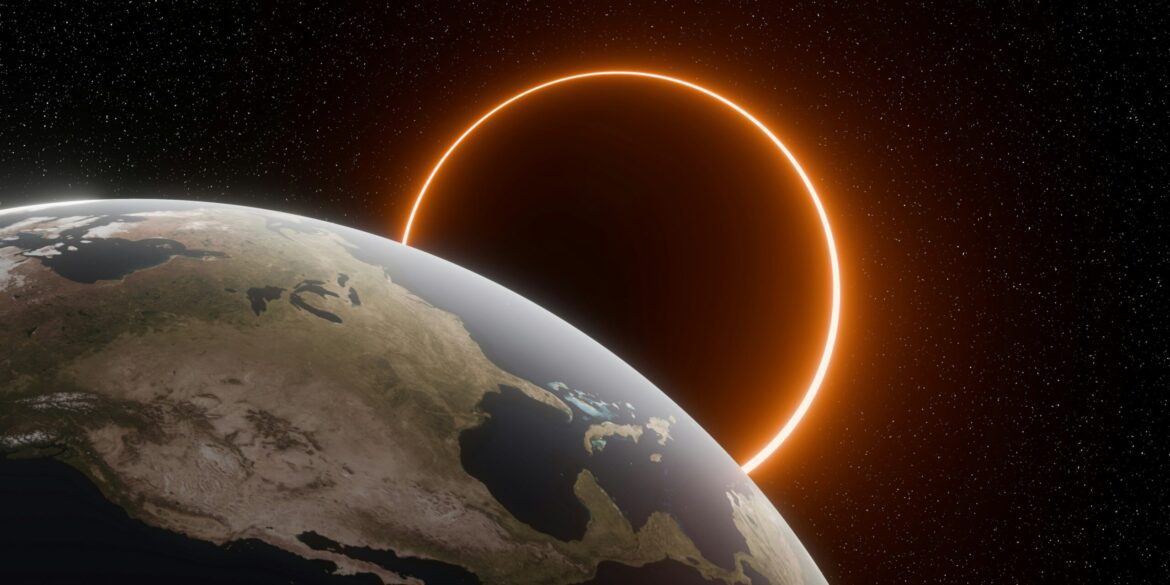NASA has successfully reached a significant milestone in solar research with its Proba-3 mission, which has achieved the first artificial solar eclipse. This groundbreaking achievement marks a major advancement in the study of the Sun’s outer atmosphere, known as the corona, and opens up new avenues for understanding solar phenomena and their effects on space weather. The spacecraft, launched earlier this year, uses two synchronized satellites to create a controlled environment that blocks the Sun’s light, simulating a solar eclipse. This enables scientists to observe the corona in unprecedented detail without the interference caused by the Sun’s bright surface.
The Proba-3 mission is a key part of NASA’s ongoing efforts to deepen our understanding of the Sun, particularly its activities that can have far-reaching impacts on space weather. The artificial solar eclipse created by the spacecraft allows scientists to observe the corona’s structure, dynamics, and behavior in ways that were not previously possible. This is crucial because solar phenomena like solar flares and coronal mass ejections (CMEs) can have significant effects on Earth’s space environment, including satellite communications, GPS systems, and even power grids. By studying the corona in such detail, researchers can improve their understanding of these events and refine predictive models for solar storms.
The mission’s ability to simulate an eclipse through the use of synchronized satellites is a game changer for solar research. Eclipses provide a rare opportunity to study the corona, but they only occur naturally for brief moments. By creating an artificial eclipse, the Proba-3 spacecraft can maintain continuous observations, gathering data that would otherwise be limited to sporadic events. This continuous observation is expected to provide invaluable insights into the behavior of the Sun and its effects on the solar system.
Read Also: https://goodmorningus.com/nasas-parker-solar-probe-captures-record-breaking-images-of-the-sun/
The successful execution of the Proba-3 mission underscores NASA’s commitment to advancing solar research and enhancing our preparedness for space weather events. The data collected by the spacecraft will not only improve our understanding of solar activities but also enhance space weather forecasting, which is essential for the protection of vital infrastructure on Earth. With improved predictive models, scientists and engineers can better anticipate the effects of solar storms on satellites, communication systems, and other critical technologies.
NASA’s achievement with the Proba-3 mission is a testament to the agency’s role in pushing the boundaries of space exploration and scientific discovery. The mission is expected to have wide-reaching applications, not just for space exploration but also for improving communication and navigation systems here on Earth. As our reliance on satellite technology grows, understanding the Sun’s behavior and its impact on space weather is increasingly important. Proba-3’s ability to observe the Sun’s corona in detail will play a crucial role in mitigating the risks posed by solar storms and ensuring the continued functionality of space-based systems.
In conclusion, the Proba-3 mission’s successful creation of the first artificial solar eclipse is a groundbreaking achievement in solar research. By providing unprecedented access to the Sun’s outer atmosphere, the spacecraft opens up new possibilities for understanding the complexities of space weather and improving our ability to predict and respond to solar storms. As the mission progresses, it promises to enhance our knowledge of the Sun and its influence on both space exploration and our daily lives here on Earth.

